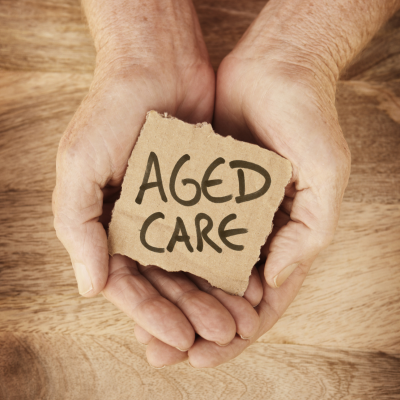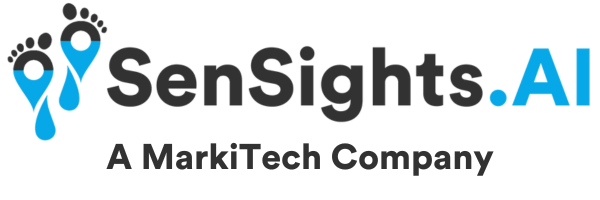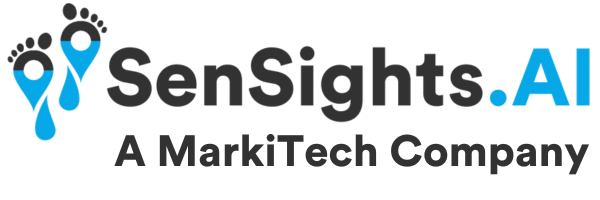
The Dilemma Overview
According to Statistics Canada, falls are the most common cause of injury amongst older Canadians. Between 20% to 30% of seniors fall each year requiring hospitalization, 50% percent of which happen at home. These falls continue to impact family members in charge of looking after elderly family members, increasing the burden on hospitals and financially strains the Ontario healthcare system. In 2020 the cost incurred by falling seniors averaged around $2 billion CAD per year (RNAO). That’s only the cost covered by OHIP, the out of pocket money and resources covered by insurance companies can only be imagined.
Not only are falls the problem, but our response to seniors falling when they do happen makes the situation worse. This is because research published in the BMJ finds that many older people can’t get up after a fall. A new study shows that lying on the floor for a long time after falling is more common among the “oldest old” – those ages 85 and over – than previously thought, as well as strongly associated with serious injuries, hospitalization, and nursing home care. Feeling abandoned or helpless after a fall also leads to emotional and mental stress further decreasing our elders quality of life.
Tech, AI, and the New World
No matter the situation, there can always be more to be done to prevent falls these days. Investing the time and money in the right tools and technology can make or break seniors’ quality of life and our response to accidents if they do occur.
A solution to increase senior confidence and get over the fear of falling is to actually improve their overall coordination.
Virtual Reality Gait Training to Promote Balance and Gait Among Older People is an operation being performed in order to do this without the need for specialized rehabilitation facilities. They can even be done from the comfort of their homes, navigating the area where they ultimately spend most of their time.
The most common and gratifying use of AI to help with falls comes in the form of monitoring and smart home devices. Smart home devices such as SenSights Care can make out seniors’ living space using artificial intelligence after the device is mounted on a wall in the room. After mapping out the area the device senses falls and alerts the senior primary caregivers, their doctor and or the hospital that a fall has occurred. This increases the response time to a fall and eliminates the helpless and alone feeling that seniors may experience after a fall. Serious injuries can be quickly tended to and working professionals no longer have to worry about their fall prone elders being left alone and potentially ending up in a helpless situation.
Smart monitoring devices can keep seniors out of old age homes and retirement facilities where conditions are isolating at best according to the recent Toronto protest and CNN reports. Multiple tax dollars are saved and seniors can also regain their sense of independence in their familiar space.
More about our Solution
Our SenSights Care Tablet Solution makes monitoring seniors and patients with chronic conditions like COVID-19, Memory, Falling, Wandering, Wellness, Diabetes, COPD/CHF and other illnesses effortless and convenient. The use of audio, video and text communication via phone and popular social media platforms (WhatsApp, Instagram, Facebook, Youtube) would help seniors to be constantly connected to the 24/7 nurse help desk in the region.
The Touchless Camera-Free Fall Detection sensor(s) connected to the SenSights Care app would notify the nurse desk if the fall occurred, so they can provide timely help to the patient.
Contactless Wellness Monitoring is also available for seniors via Veyetals app embedded in SenSights Care Solution. So, forgetting to put on wearables for health monitoring is not an issue anymore. The main indicators that are tracked include Falls, Activity, Ambient Sensing, Geolocation, Steps, Heart Rate, Heart Rate Variability, Respiration Level, Temperature, Blood Pressure and Blood Glucose. The family members and doctors could also be added to the circle of care and receive medical alerts in case of health deterioration or emergency. The remote health monitoring is secure and Ontario verified.
More about our Company
We are a North American-based startup that provides comprehensive capabilities for home care organizations to manage their senior care services using state-of-art AI and 5G technologies and allow for a greater independence. We are uniquely positioned as we are the only one with a combination of
- Ambient or Touchless Fall Detection
- Device-less or Contactless Wellness Monitoring
- Comprehensive Mobile, Tablet and Web Solution for Seniors, Caregivers and Agency
- Complete Out-of-box Telehealth and TeleMedicine Platform with integration with over 15+ smart devices and several leading EMRs/EHRs like PointClick Care, Cerner and many more in pipeline
- Over 40+ Data Scientists, Engineers and Medical Advisors to help integrate and improve digital transformation journey of our client with services, products and platform focused on senior market
We provide the best in class health platform for patient engagement, remote monitoring and virtual care. Patients are guided on smartphones, tablets and computers from preparation through recovery with the help of reminders, education and activity tracking. Providers can receive alerts, monitor patients and access analytics to deliver better care. Health systems use SenSights Care to improve patient satisfaction while reducing hospital length of stay, readmissions, and costs.
We would like to work with you to help you grow your business with our unique business model of sharing revenue with healthcare providers.
Book a consultation today to see how can help digitally transform your healthcare organization at https://sensights.ai/contact-us/
Learn more about our SenSights Care Solution on http://sensightscare.com/
Follow us on LinkedIn at @SenSights for more updates.

